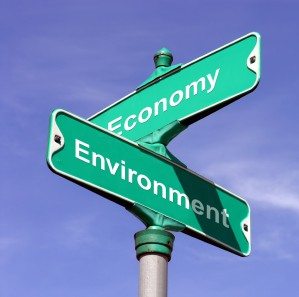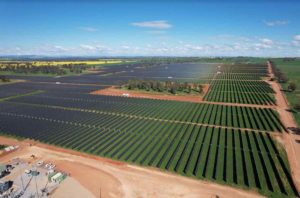I’ve recently been working on a project exploring alternatives to compressed air systems, often called ‘the fourth utility’ after electricity, gas and water.
Many existing systems are shockingly inefficient, with 80% to 90% losses.
They are widely used in industry for activities such as drying, assembly, blow moulding and paint spraying. But digitalisation is transforming the situation.
Smart, connected electric actuators can perform these functions and not only control air pressures and flows much more precisely and faster, but also provide real-time information that can identify inefficiencies, optimise performance and capture valuable business productivity benefits.
These go far beyond cutting energy costs within existing company structures to business transformation.
Emerging alternatives that reduce or avoid the need to use compressed air can deliver up to 80% energy savings but also speed up production, such as filling containers.
The International Energy Agency has published some great work on the role of digitalisation in transforming business energy productivity and quality of life.
IEA’s 2014 report on the multiple benefits of energy efficiency and a chapter in their latest annual energy efficiency report provide many useful insights.
Locally, the Australian Alliance for Energy Productivity has produced useful reports, to which I have contributed. These include one on transforming manufacturing through digitalisation focusing on energy productivity improvement.
For example, it can underpin preventive maintenance by tracking deviations from expected performance, so that loss of production and energy waste from unplanned machinery failures can be avoided, or flag when food temperatures increase if a refrigerator fails.

Image: Henan Joyshine Machinery Co.
The many benefits flow not just from on-site digitalisation, but through sharing of information across the whole value chain to capture benefits far beyond saving energy.
One project involved placing cloud-connected temperature sensors in food, to provide real-time information as it moved from farm to store.
The value of the potential reduction in food waste far outweighs the substantial savings on energy.
For example, food left on a loading dock warms up and its shelf life is reduced. Peak cooling demand will be higher and more energy will be used to re-cool that food when it is moved to the cold room.
Real- time tracking means workers can be alerted to take action, and training and payment incentives can avoid future problems.
The provision of the right real-time information, to the right person, at the right time, and in the right form, is transforming and disrupting the energy world, the economy and society.
Alan Pears is a senior industry fellow at RMIT University, advises a number of industry and community organisations and works as a consultant. Originally published on Renew Magazine. Reproduced with permission of the author.









